Beginners Guide to Starting Out with Gold Leaf
History of gold leaf in art
Gold leaf has been used in art for centuries. In ancient times pure gold was beaten down into thin sheets of metal. This technique dates as far back to ancient Egyptian times seen in relics and artefacts from that period. Nothing compares to the rich warm glow of gold leaf shimmering through a painting or glistening gold accents drawing your eye into a painting.

A couple of my favourite known old master artists who used gold leaf in their paintings are Rembrandt and Klimt. Rembrandt was known for applying gold leaf to the surface of a sheet of copper then painting in oils on top of the gilded surface. His paintings had a light and luminous quality and gold specks can be seen shining through in areas. Austrian artist Gustav Klimt is widely known for the beautiful glistening artwork he completed during his ‘Golden Phase’.
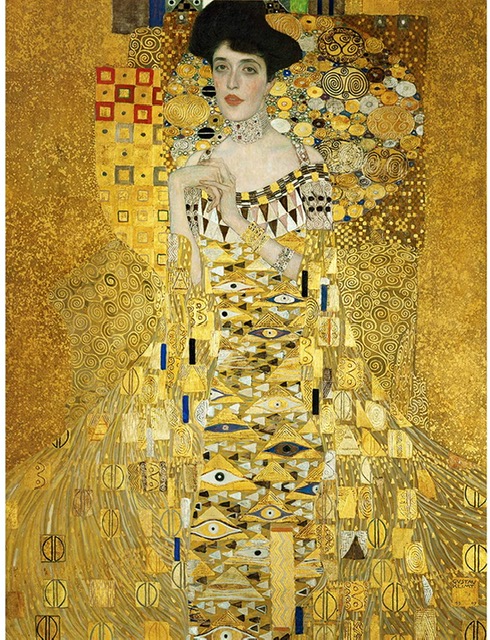
Real gold leaf versus imitation leaf
Genuine gold leaf is sheets of real gold hammered down very thinly to make a leaf that can be used for gilding purposes.
There are many other types of metal leaf, from real silver, copper and imitation gold. A wide variety of colours and patterns are also available, known as variegated leaf. Imitation gold leaf is made from copper and zinc.
Real precious metal leaf such as genuine pure silver and gold leaf tend to be more expensive and delicate than other metal leaf (copper, imitation gold and variegated leaf). Imitation gold is slightly thicker than real gold leaf, less expensive and you get a lot more for your money BUT it will tarnish if it’s not sealed due to its high copper content. Genuine gold leaf with a higher rating of 22cts will not tarnish. Real silver leaf will tarnish unlike the cheaper aluminium leaf version.
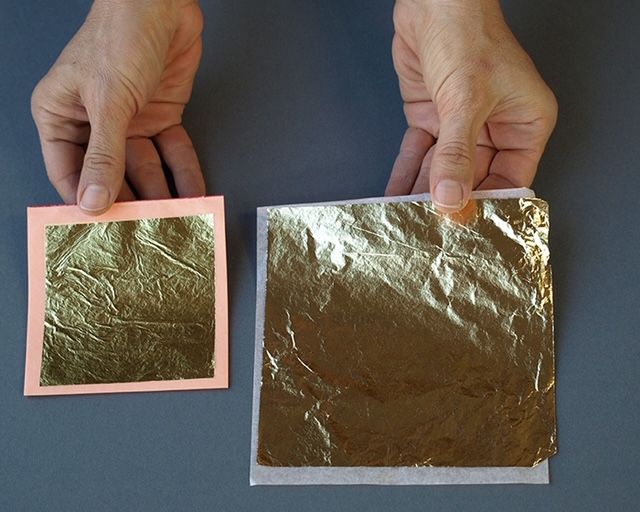
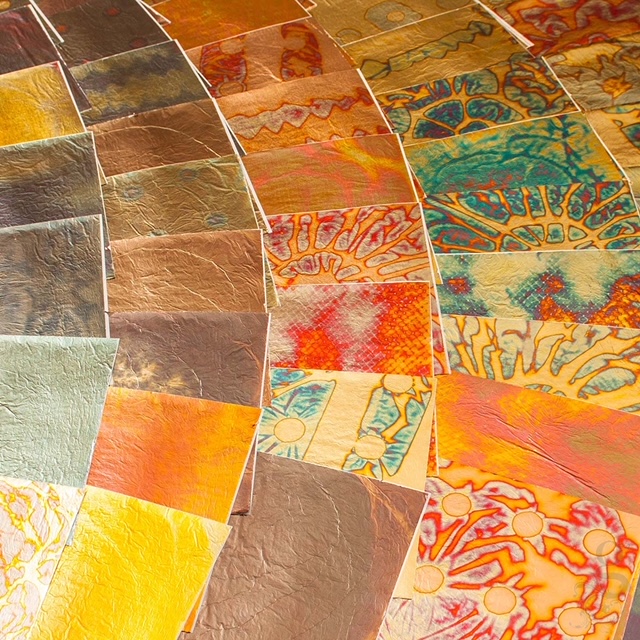
Gilding with adhesive or size
There are two types of gilding: water gilding and gilding using leaf size or adhesive. I have never tried water gilding, it’s a more complicated process to do. I use a gold size for applying leaf, Pebeo gilding paste or Japanese gold size.
If gilding on top of dry oil paint I use Japanese gold size adhesive because it is oil based. For most other gilding purposes, I use Pebeo gilding paste (Acrylic Gold size is an alternative) which is water-based and suitable to apply on top of acrylic paints.
Varnishing/sealing
I always use a sealer/varnish when working with imitation gold leaf to slow down and help reduce the oxidation process and it will give additional overall protection. A varnish such as Goldens MSA with UVLs can be used. Avoid using oil paint on top of this varnish as it is removable for archival purposes and not recommended to be painted over. Some artists use shellac with good results.
I don’t recommend painting in acrylics on top of unsealed imitation leaf as acrylic paint contains ammonia which can tarnish the leaf. You can outline the image to be painted and gild around it and then fill in the painting outline afterwards. If sealing leaf before or after painting, be careful because some water based acrylic varnish/sealers can tarnish unsealed metal leaf!
I personally tend to stick to solvent based varnishes. A method I have used frequently with success is to paint in oil paints on top of imitation gold leaf and varnish once the paint is dry. I use two coats leaving a week or so between coats.
You can seal gold leaf with a permanent varnish and then paint in oils. Or seal the leaf after you have painted in oils and the oil paint is dry (within 6 months). Although pure gold leaf will not tarnish, I would still recommend varnishing over pure gold leaf for added protection and durability purposes against accidental scratches/scuffing etc.
Top tips when using gold leaf
- Real gold leaf will not tarnish. Varnish recommended but optional.
- Imitation gold leaf will tarnish so varnish needed. Unless you are going for an antiquated look.
- Acrylics on top of unsealed imitation leaf can tarnish the leaf.
- Oil paints on top of unsealed imitation leaf will not tarnish the leaf.
- Always use a gloss varnish and not a matt varnish to keep the glossy shine.
- Be careful, some acrylic products including sealers/varnishes can tarnish the leaf you are trying to protect. If you do want acrylic products opt for a fast-drying acrylic medium.
- You can choose to seal the leaf before painting with a permanent sealer and then after the painting process with a removable sealer (for archival purposes).
- If gilding on top of oil paint use an oil or solvent based size.
- If gilding on top of acrylic paint use a water-based leaf size/adhesive.
The application process with adhesive / size
SURFACE PEPARATION – if gilding on wood I lightly sand the surface first, apply gesso and when gesso is dry I paint a layer of acrylic paints onto the surface. If gilding on canvas I apply gesso followed by a layer of acrylic paints before gilding.
APPLYING ADHESIVE – I brush on a water-based adhesive when gilding over acrylic. If gilding over oil paints, you really need to make sure the paint is dry through and this can take several months! If you gild over oil paints that are not thoroughly dry, the leaf can adhere to areas where you don’t want it to be. You must also use a solvent or oil-based adhesive when gilding over oil paints.
LEAF APPLICATION – lift loose leaf and carefully place it where you would like gilded, place wax paper over the top and rub gently to smooth it in place. Alternatively, you can place wax paper on top of the leaf and rub to create a static to lift and stick the leaf onto the paper. Then place the leaf in position over the adhesive and gently burnish with your hand. Transfer leaf is already attached to wax paper so you just place it on top of adhesive areas and gently rub until the leaf adheres.
CLEANING OFF EXCESS LEAF – use a soft brush to brush away excess leaf from the canvas or wood panel. You should now have a nice shiny gilded surface.
Examples of my work using gold leaf
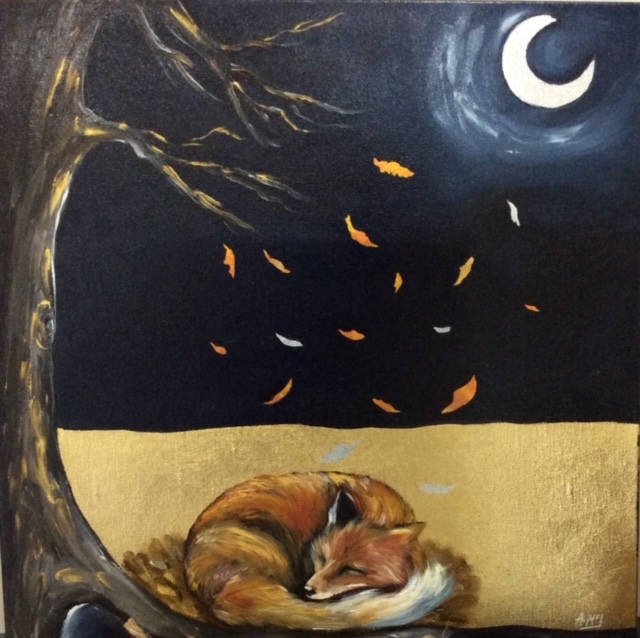
‘Fox Under Moon’ is example of my artwork. I have used imitation gold leaf, silver leaf and variegated leaf. A mixture of acrylic and oil paints have been used. Consideration regarding varnishes, sealing, drying times and how and when to apply the leaf had to taken for this piece.
‘Bumblebee’ is an example of my artwork using imitation gold leaf. I applied a layer of gesso to the canvas and once dry I painted a coat of dark grey acrylic paint.
When acrylic paint was fully dry I covered the canvas with Pebeo gilding paste because I wanted the edging to be free of adhesive to give an aged torn look. When size was tacky and ready, I applied the leaf, painted my subject in oils, let dry and finally applied a removable varnish. I could have opted to seal the leaf with a permanent varnish before painting in oils for added protection.
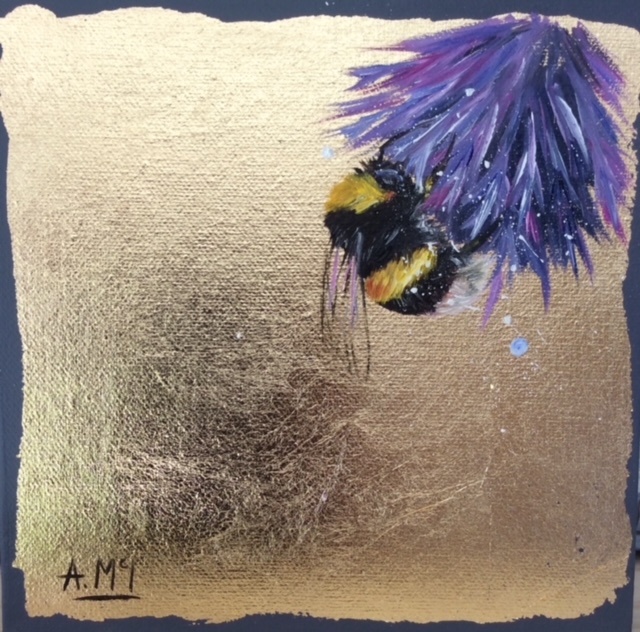

‘Beautifully Made’ is an example of my latest embellished work. This is a collection of embellished artworks shining a spotlight on our beautifully made natural world. I have incorporated genuine gold leaf touches in areas along with art glitters, handmade gouache paints, semi-precious gemstones and pearl ex.




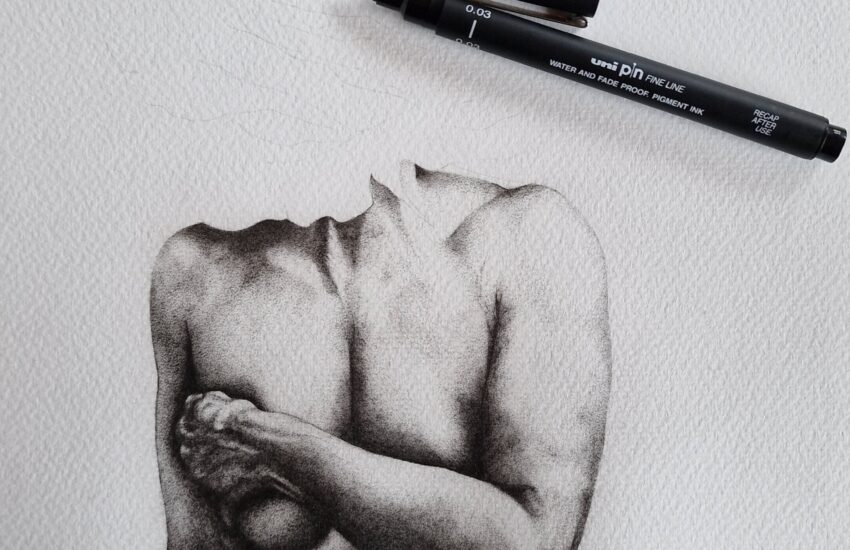
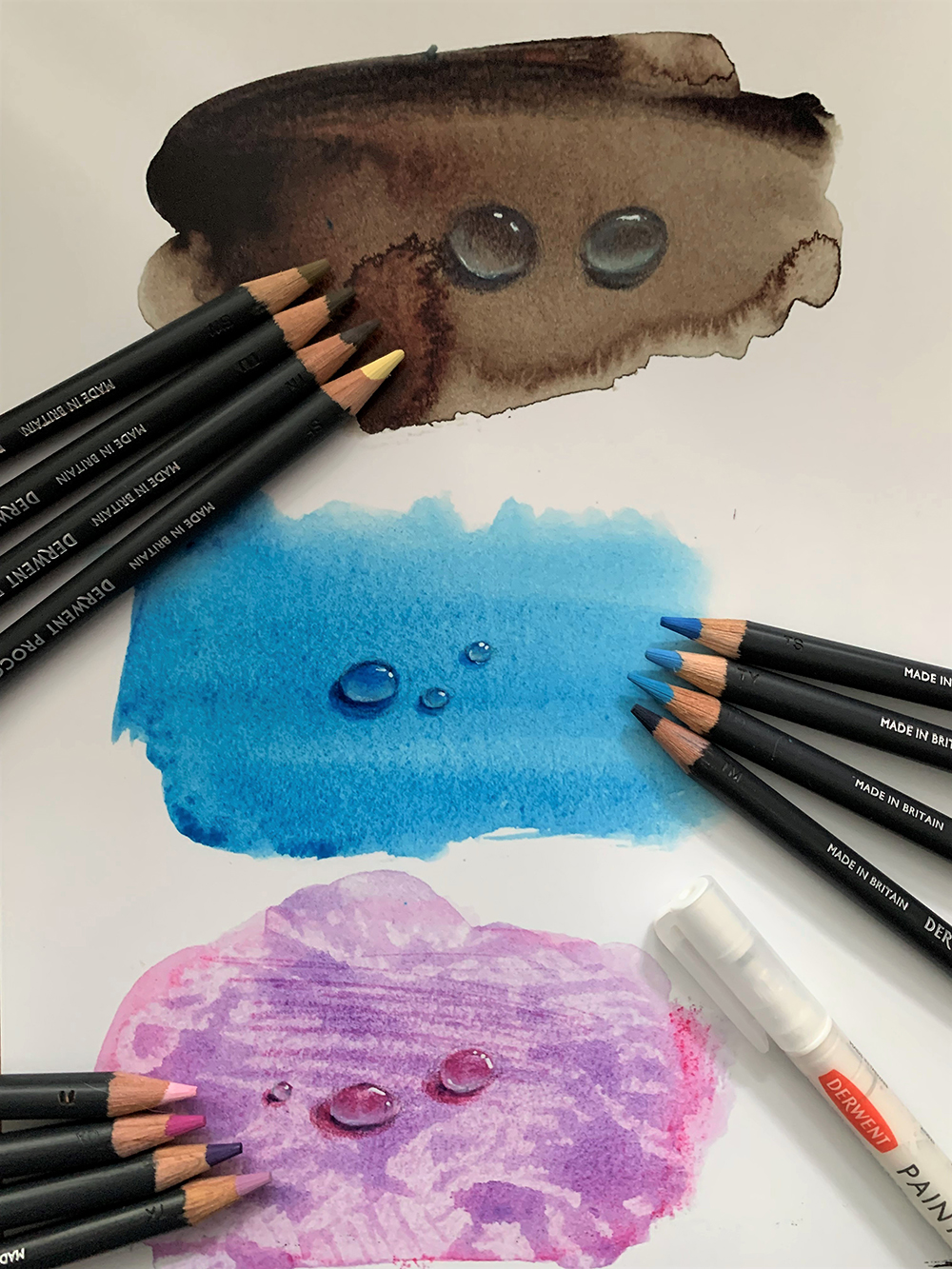
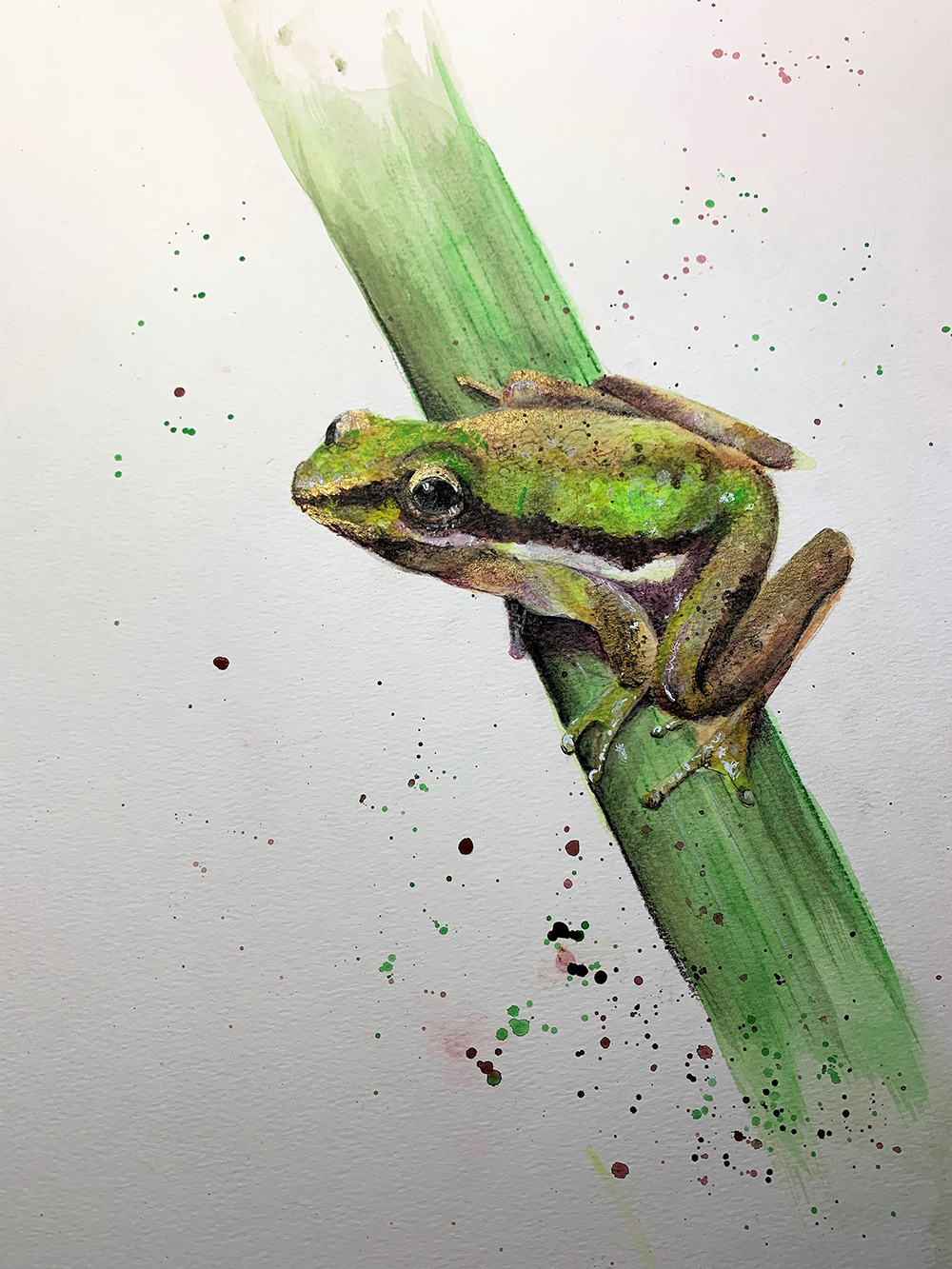
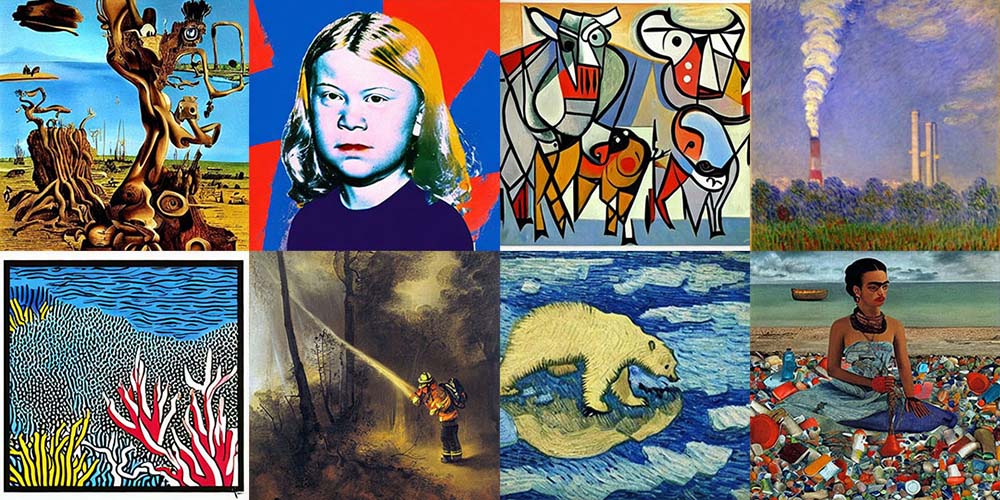


Hi Alison ~ I am going to be gold leafing (imitation gold leaf) a wooden canvas then painting an acrylic painting on top of the gold leaf. I have 2 questions. Should I gesso the board first? I am not sure what the gesso I have is made from. It’s called The Fine Touch from Hobby Lobby. I am wondering if gesso has acrylic paint in it. If so, do I need to varnish the gesso’d surface after I have applied and allowed it to dry? Or does the adhesive act as a barrier? Question 2; do I need to varnish the gold leaf prior to painting acrylic paint on top of it? I am assuming yes. What kind of varnish is best for this project? I am struggling finding the correct varnish. The product, Monalisa Sealer, comes in 2 ounces. My project is 18″ x 24″. I doubt 2 ounces is going to be enough. I can’t seem to find anything larger online when shopping. Thank you in advance for your help. ~Janel
Hi Jane
You will need to seal your wooden panel first with an acrylic polymer sealer such as Golden’s GAC 100, this helps prevent Support Induced Discoloration (SID) caused by impurities that are drawn up through a substrate as the acrylic paint dries. Then yes, you should gesso. Gesso provides a smooth, absorbent surface for the adhesive and the gold leaf. Gesso is typically made from a combination of binder (such as acrylic polymer), chalk, and pigment. We do not stock Fine Touch gesso but it is likely to be an acrylic-based gesso, which is common and suitable for your project. If in doubt I suggest you contact the retailer for help.
You do not need to varnish the gessoed surface before applying the adhesive for the gold leaf. The adhesive (also known as “size”) will adhere well to the gessoed surface without the need for an additional varnish layer. The adhesive itself acts as a sufficient barrier and provides a tacky surface for the gold leaf to adhere to. It is recommended to varnish the gold leaf before painting with acrylics on top of it. This will protect the delicate leaf from any damage and provide a better surface for the acrylic paint to adhere to. I suggest using a water-based acrylic varnish for sealing imitation gold leaf. Look for products that are designed for use with metal leaf like Golden’s Polymer Varnish or Liquitex’s Acrylic Varnish.
I hope this answers your questions, good luck.
Its my First rime to gold leaf. Can i seal it with GAC 200?
Hi Maria. Are you using genuine gold leaf or imitation gold leaf? Imitation gold leaf will react with the ammonia in acrylic paints and mediums so we’d generally advise against using acrylic products with it unless you have applied another protective coating first. If you are using genuine gold it doesn’t require sealing as it will not tarnish, however if the item you’re gilding will be handled or touched you could opt to seal it with shellac varnish to prevent the leaf wearing off.
Hello, can I use amber varnish to seal gold leaf and paint in oils over that?
Hi Jay. Thanks for your question. We haven’t tested Amber Varnish on gold leaf so we can’t be 100% sure that the product is compatible. Do you know the composition of the varnish? It may be best checking with the manufacturer of the varnish to see if any of the chemicals in the varnish react with gold leaf/imitation gold leaf. If you’re painting with oils over the gold leaf we’d generally recommend applying your gold leaf, followed by a protective layer of solvent-based varnish (1 coat brushed or 2-3 coats sprayed), adding a layer of clear gloss fluid acrylic medium (like GAC 200), painting on top of that, then finishing off with a final varnish layer once your painting is dry.
I put my adhesive followed by the gold leaves. After brushing the excess off, it still looks very wrinkly. How does it flatten?
I’m wondering what I should use to seal my dinning room table and chairs with please? I tested some vanish and it was fine and then the next day it was all fried up. I got these gold foil furniture transfers from the UK but I’m in Australia. The brand of the gold foil furniture transfers is called hokus pokus and I have a wooden dinning room set that was painted white from factory. I have sanded it back in some areas as I was going for a shabby sheek look rustic look. I have already put them on the dinning set so I can go back now and have been left unsealed for 4weeks now. I do have some more coming so I was going to test it out with something new to seal them on a blank sheet of wood before I attempt my dinning room set as that would be a expensive mistake if I just tried to seal them with something else and the same thing happens. Please help me
Hi Amber. Usually, we recommend using a gold leaf sealer like shellac as a final varnish. You can apply it by brushing a thin, even layer over the section where the gold leaf has been applied. This should help to seal and protect it. If you’ve had trouble varnishing them in the past, it might be worth checking with the manufacturer of the transfers to see if the varnish you used is compatible with their products. They may have specific recommendations or products that work best with their transfers.
Hi there, I planned to gold leaf my art prints and bookmarks, printed on semi gloss cardstock. Will this be okay to leaf on, and then varnish to seal at the end? Thank you so much!
Bit confused. Using silver and imitation silver leaf. How soon after placing on painting should you varnish as another artist suggests waiting three days to a week to ensure sizing is dry. What do you do? Thank you truly beautiful art
Hi Theresa. Thanks for your comment and apologies for the delay in getting back to you. If you’ve added some gilded details on top of a painting the general advice is to wait three days to allow the size to cure properly. It is worth just double checking the instructions on the size you’ve used as some take longer than this to cure. You could certainly err on the side of caution and wait a week to make sure it’s fully cured before applying your final varnish. Unfortunately I’m not sure of Alison’s exact process but she has a contact form on her website that you can use to get in touch with her directly.
I want to know how to paste gold leaf on marbel and wood because i am the manafaturer of gold and silver leaf .
Hi Aziz. If you’re using leaf on marble you should be able to follow these instructions for gilding on stone. You should be able to use a similar process on wood, using either Acrylic Size or Japan Gold Size depending on whether the object your gilding is going indoors or outdoors.
Yes, I want directions for applying golf leaf on sanded bare stone, especially open spaces. Process and technique please
I have a harpsichords that I have painted and now I want to add one real gold leaf for decorations. Can I put the gold on over top of varnish?
Thank you for all the information! However, I thought you couldn’t paint with oils on top of varnish. What type of varnish will work for this? Also, at what stage could you scrape down to see the gold leaf after painting over it.
Hi,
I am looking to incorporate gold leaf on watercolor. I will use a water-based size. I will apply it on top of the watercolor painting, and then seal the places where there’s gold leaf. My question is, what type of sealer can I use? Any solvent-based sealer will ruin my watercolor at the minimum spilliage, and on the border of the metal leaf some sealer is always going to leak-overlap the watercolor. I would need a water-based sealer, right?
In that case, what can I use? Just look for an acrylic gloss fast drying varnish? Any tips to know what won’t tarnish the leaf because of the ammonia?
How can I know it worked? If I apply the acrylic sealer and let it dry with good results, does it mean the leaf is now sealed and safe?
Hi Linita, Happy New Year from Gosport UK. Did you find a sealant to use with paper please. I do drawings on paper which I embellish with imitation gold. I’ve done a number of these and then came across this article. Panic!! Any ideas please. Thank you Anthea x
Thank you Tanith, for your reply. Unfortunately, Japan gold size doesn’t appear to be available in the United States at the moment. Dux quick dry gold size as been recommended so I am going to try that.
Thank you again,
Joan Puma
Hi,I’m looking for a substitute for Japan gold size, That product doesn’t seem to be available anywhere at the moment. I’m working on an oil painting and I would like to use gold leaf.
Thaks for your attention
Hi Joan. Thanks for your comment. I’ve spoken with our supplier about a substitute for Japan Gold Size and they have advised that if you are working with oils this is really the best adhesive to go for. Using any other adhesive would risk a reaction between the oil paint, leaf and adhesive.
Hi Joan,
if it’s still relevant for you, try to Google “oil based gold size” or “solvent-based gold size for sale in the US”